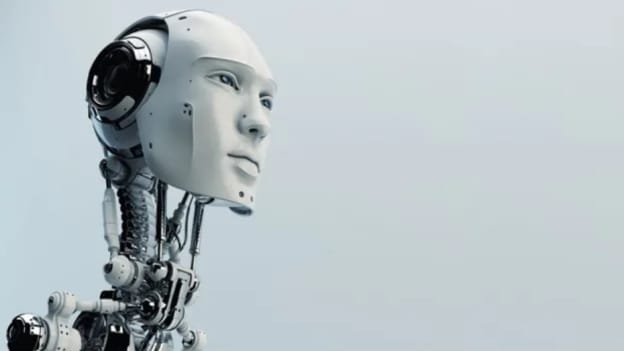Talent intelligence and the human touch: How businesses can amplify HR's impact

HR and business leaders are turning to data-based insights and talent analytics to decode their most important asset, i.e. their people. As a result, there is a rise in artificial intelligence, machine learning, and analytics automation used in HR processes, from hiring to skill development to workforce management.
The power of talent intelligence
Talent intelligence can help us better understand a highly distributed and diverse workforce and customise the employee experience to different cohorts and individuals.
Managers and HR practitioners can study the behaviours and preference patterns gathered from various employee touchpoints before joining and after exiting. And this gives us deep insights into the what, why, and how of people. It is especially relevant in the post-pandemic world when employee preferences drive talent markets.
Whether with the organisation or outside, talent intelligence provides a clear pathway for taking logical, data-backed talent decisions to attract, engage, and retain top talent.
Boards are asking for more KPIs connected to the business strategy and leadership contribution, The Talent Intelligent Board
How to use talent intelligence
As automation and analytics technology redefine talent strategies, leaders must create an overall talent intelligence strategy, aligning talent analytics with the overarching business strategy. Embracing talent intelligence and embedding it in the company requires HR, business and C-suite leaders to understand the potential impact on people and the organisation.
A balancing act: tech versus touch
Talent intelligence in employee-facing functions includes talent acquisition, benefits administration, performance management, HR operations such as payroll, workforce management Etc.
Many organisations approach talent analytics by building a strong base of talent technology and talent intelligence platforms. They focus on building data science tools and infrastructure and developing data science skills. Market-facing touchpoints such as job boards, sites, ATS, and talent networks have also helped build the employer brand. The biggest mistake organisations make while devising their talent intelligence strategy is not preparing them for a data-ready culture.
"Artificial intelligence can spark new ways of working that blend the best of what machines do with what humans bring to this collaboration: experience, judgment, and empathy," Deloitte
The success of talent intelligence depends as much on softer aspects as it does on hardcore technical aspects. And this calls for a fine balancing act between technology and the human connection.
How to maintain high touch?
- Investing in Skill development – upskilling and reskilling: To make sense of talent insights, we require skills related to human experience, complex systems thinking, problem-solving, Etc. Moreover, the rise of the gig workforce means that people constantly seek opportunities to learn new skills and evolve. Talent intelligence tools can suggest learning recommendations and career paths. However, human interventions can enable the right to connect, coach, and help people realise their goals and aspirations - a key talent retention input.
- Coaching for performance: Performance is increasingly about bringing a fine blend of hard and soft skills. Hence, coaching and mentoring is a must-have expertise for managers and leaders to align employees' goals with the organisational goals.
- Building leadership connect: Today's younger generation seeks purpose, meaning and inspiration in their work. Hence, bringing the top leadership closer to the workforce requires specific interventions dwelling on empathy, openness, transparency, and belongingness. Right content, delivered at the right time through diverse media, is the key to retaining the human touch in an AI-augmented workplace.
- Acting on the analytics: While talent technology can throw numbers and insights, acting upon those insights to build a future-ready organisation is up to leaders, who are willing to listen in, and action plan for desirable outcomes.
As man and machine co-exist and co-create, they are in an ever-changing relationship. Now is the time for HR and business leaders to understand these dynamics and realign the workforce keeping the interest of both people and organisation at the heart of all they do. Even with the continued advancement of AI, there are skills at which humans will be particularly adept far into the future1. Talent intelligence success, thus, stems from walking the thin line between tech and touch. And for this, today's and tomorrow's leaders themselves must resonate this fine blend of being tech-savvy in skill yet closely connected with one's people.





